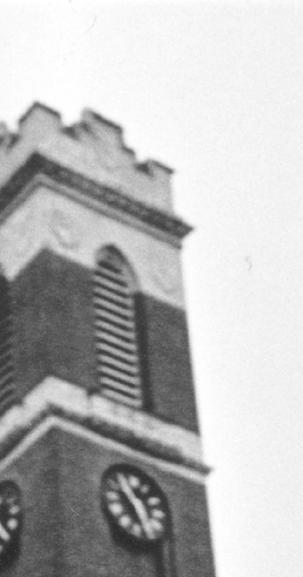Soo-Ryum Yang
Science
I hope everyone had a wonderful 4th of July. Nashville fireworks are OK; the Macy's one in New York is just little better. However, the Nashville Symphony's fireworks-synchronized performance was surprisingly impressive.
Now, back to the topic of this post. My good friend, couple of weeks ago, sent me a link to a very interesting non-fiction article from the New Yorker. The article essentially tried to explain how the classical feedforward pathway of perception misrepresents a more complicated mechanism that relies heavily on feedback and intra-brain processing.
Take for example, the visual system, the most complex sensory system and also, my research specialty. The traditional model of the visual pathway explains how electrical signals travel from the ganglion nerves in the retina to the optic nerves (the highways of neural signals) to the thalamus (a central relay station) to the primary visual cortex (processing area for basic visual features such as orientation and spatial frequency) to the extrastriate cortex (processing area for more complicated visual features such as color, motion, etc). Although this feedforward model suggests a one-way signal direction, it is now known that about 80% of the circuitry between the primary and extrastriate cortex is composed of feedback connections. In other words, when we see, we always (and only) perceive an illusion of a physical reality that has been modified and constructed by the brain. Thus, two different versions of reality arise.
(1) physical reality: the absolute, pure representation of an actual reality; independent of relative perception. (i.e. the green paper emits a certain, absolute unit of wavelength)
(2) perceptual reality: the illusion of a physical reality due to perception; may differ from person A to person B. (i.e. it cannot be ruled out that the brain of person A and the brain of person B will "see" two different colors when viewing the same green paper because brain A is intrinsically different from brain B)
So, is it truly possible to experience or witness physical reality? If physical reality cannot be experienced or "perceived", how do we prove that it exists? How do we define absolutes if the realities of those "absolutes" differ from person to person due to brain differences?
This post-modern theory of perceptual relativity suggests that optical illusion is not only confined to those fun, interesting visual tricks. Rather, optical illusion and illusion of all sensation form the fundamental basis of our perception, and thus our own relative realities.







No comments:
Post a Comment